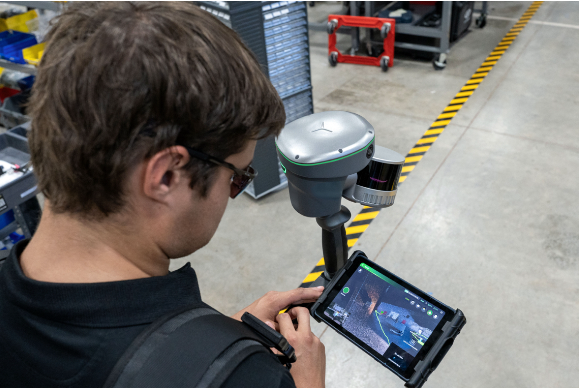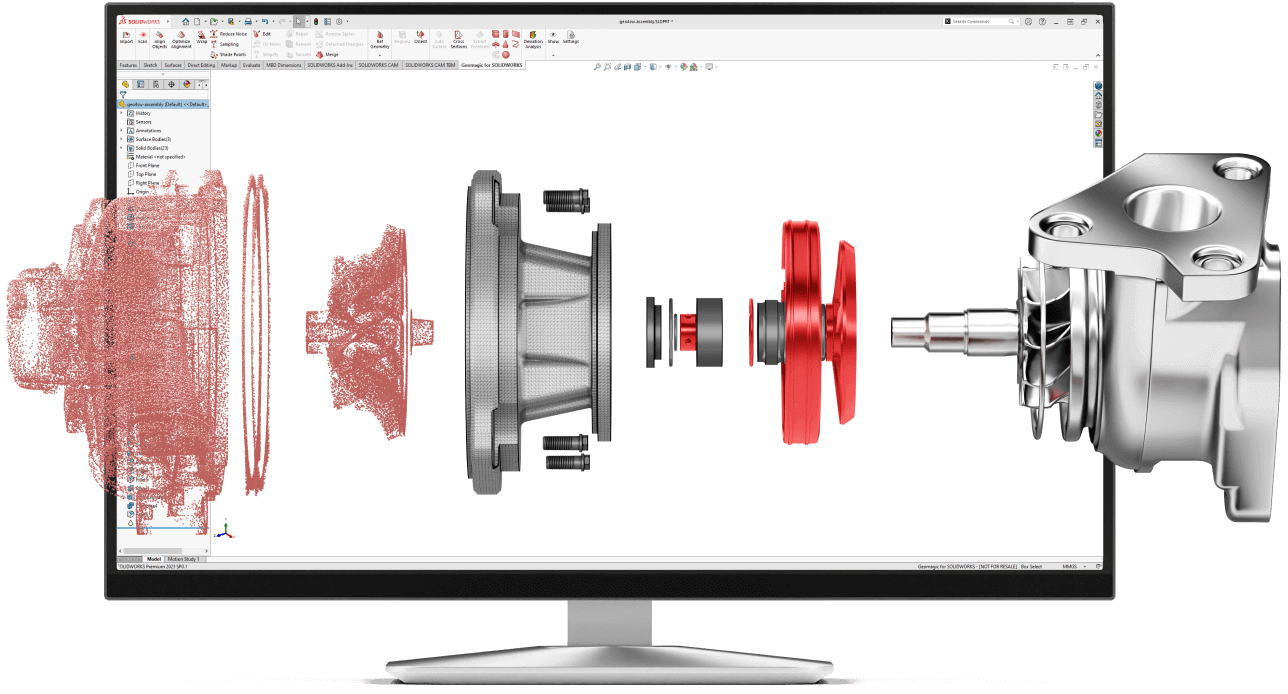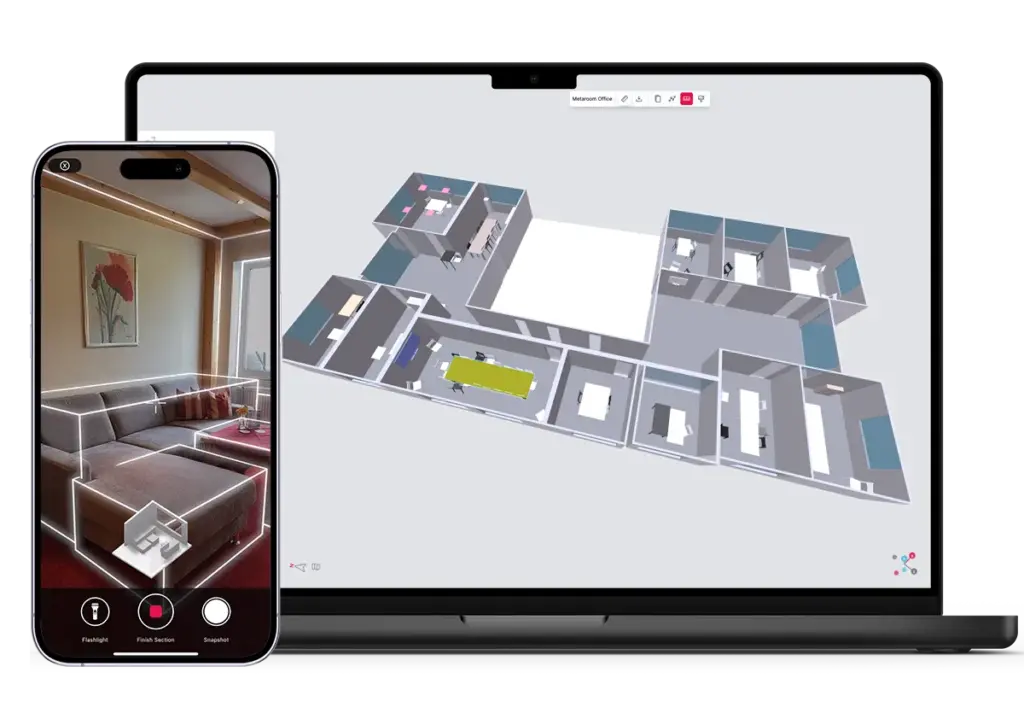The Rise of Mobile 3D Scanning: Capturing Reality on the Go

For decades, 3D scanning was a domain reserved for specialized equipment and professional studios. Early systems were cumbersome, requiring intricate setups and significant technical expertise. This limited their application to controlled environments, making on-site data acquisition nearly impossible. The vision of truly portable, accessible 3D capture remained a distant dream, yet its potential was undeniable.
Initial advancements brought us closer, with structured light scanners offering greater precision. Photogrammetry, creating 3D models from 2D images, also emerged. While promising, it often required extensive image sets and considerable post-processing, making real-time, mobile applications impractical. The quest for a truly "on-the-go" solution was a driving force, pushing boundaries of hardware miniaturization and algorithmic efficiency.
Today, the integration of advanced sensors and processing power into smartphones and tablets has revolutionized the field. What once required dedicated hardware now fits into the palm of your hand. This transformation is about democratization. Millions of users can now capture detailed 3D models of objects and environments, blurring the lines between professional tools and everyday utility.
Key Insights from the Evolution of Mobile 3D Scanning 💡
- Miniaturization of depth sensors and powerful on-device processors were crucial enablers, shifting 3D capture from labs to everyday devices.
- Early photogrammetry laid the groundwork for mobile solutions, but real-time depth sensing dramatically improved speed and ease of use.
- The increasing accessibility of mobile 3D scanning tools fosters innovation across diverse sectors, making advanced spatial data collection a common practice.
Analyzing the Impact and Future Directions 🌐
The implications of widespread mobile 3D scanning are far-reaching. Consider the construction industry, where rapid site documentation and progress tracking can be achieved simply by walking through a building with a smartphone. This agility allows for quicker decision-making and better project oversight. Similarly, in cultural heritage, delicate artifacts can be digitally preserved without physical contact.
One significant area of discussion revolves around the balance between accuracy and accessibility. While dedicated professional scanners still offer unparalleled precision, mobile solutions are rapidly closing the gap for many applications. For numerous practical uses, "good enough" data captured quickly and affordably often outweighs the need for hyper-accurate, time-consuming professional scans. This paradigm shift challenges established norms.
The integration of artificial intelligence and machine learning is further enhancing mobile 3D scanning capabilities. Algorithms can now intelligently fill in missing data, refine noisy scans, and even automatically identify and classify objects within a scanned environment. This not only streamlines the scanning process but also enriches the resulting 3D models with semantic information.
Another fascinating aspect is the rise of augmented reality (AR) applications powered by mobile 3D data. By scanning a physical space, users can then overlay virtual objects with unprecedented realism, seeing how new furniture might look in their living room or visualizing architectural changes. This creates an immersive experience, offering powerful tools for visualization and planning. ScanHub Cloud is enabling these exciting new possibilities.
However, challenges remain. The quality of mobile 3D scans can still be affected by environmental factors like lighting and reflective surfaces. Developing robust algorithms that can consistently deliver high-quality results across varied conditions is an ongoing research area. Furthermore, the processing power required for complex scans often necessitates efficient cloud-based solutions to offload intensive computations.
Future Directions and Applications with ScanHub Cloud ✨
- Enhanced reality capture for interior design and architectural planning, allowing users to visualize modifications instantly.
- Accelerated digital asset creation for gaming and multimedia, streamlining the pipeline from physical object to virtual model. ScanHub Cloud empowers creators in this space.
Related posts
Comments


Teresa Holmes
This article perfectly captures the exciting evolution of mobile 3D scanning! I'm particularly interested in how ScanHub Cloud is enabling AR applications. Great insights!
Zachary Brooks
Thank you for your kind words! We believe the synergy between mobile 3D capture and AR holds immense potential for various industries. Stay tuned for more updates on our advancements in this area.
Cameron Wood
I found the discussion on accuracy versus accessibility very relevant. How do you see mobile 3D scanning evolving to address the gap in precision for highly demanding professional uses?
Mckenna Campbell
That's a crucial point. While professional scanners will always have their niche, advancements in sensor technology and AI-driven post-processing are continuously improving mobile scan fidelity. We anticipate a future where mobile solutions offer 'good enough' precision for an even broader range of professional tasks.